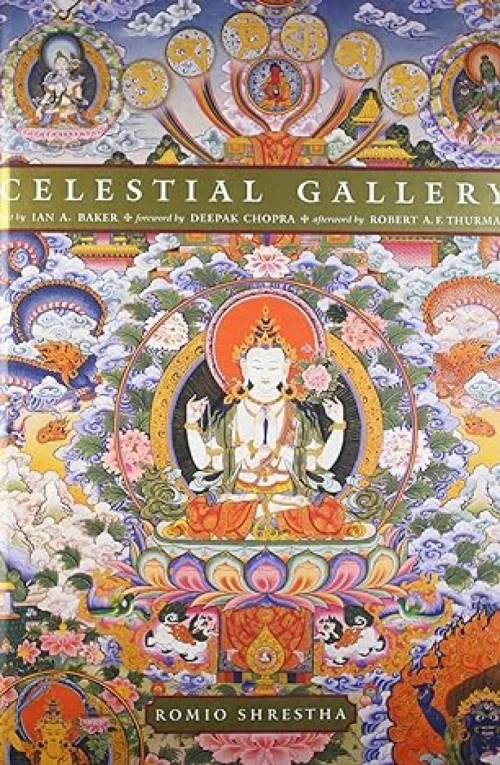Chapter I of this study, which discusses the older Upanisads, viz., the Brihadaranyaka Upanisad and the Chandogya Upanisad, describes at the outset how the idea of the Supreme Being, the unique mystic power, was conceived in the words Brahman and Atman and how these two entities merged with each other and became identical. It then discusses the doctrine of metempsychosis as evolved from the relation between the Supreme Being and the world of plurality. In this period, the magician priest begins to become aphilosopher. Chapter II deals with later Upanisads like Kathaka Upanisad, Maitrayana Upanisad and Svetasvatara Upanisad. This period clearly reveals beginnings of the formulation of a system in the form of Samkhya Doctrine and the Yoga. Here the ultimate goal of human yearning, the salvation from suffering, becomes visible. In short, we perceive the development of thought of the Indian philosophy from an impersonal god (of impersonal powers) to a personal God. But interestingly, a system strongly enforcing the elements of Yoga decisively rejected theism and adhered to the pessimistic thought of Indian mysticism: The Doctrine of Buddhism. This is described in Chapter III.
The Doctrine of the Upanishads and the Early Buddhism
Product Details
- ISBN 13:9788120808300
- Author:Hermann Oldenberg
- Publisher:Motilal Banarsidass Publishers
- Genre:Buddhism
- Language: English
- Publish Year:1997
- Edition:First Edition
- Cover:Hardback
- Pages:226
- Size:160 x 20 x 240 mm
- Weight:480 grams
- Remarks:References and Index.










